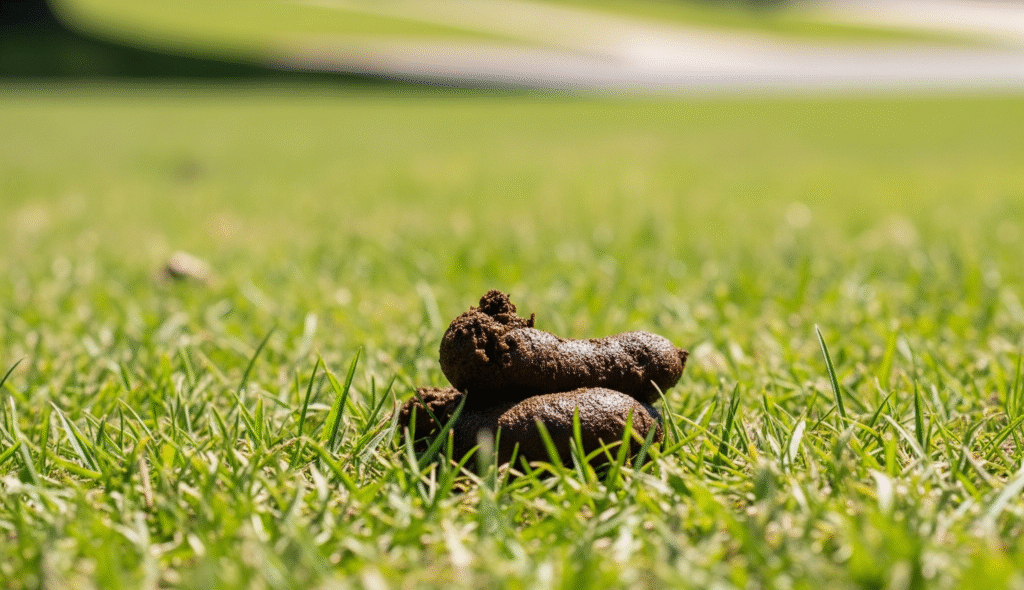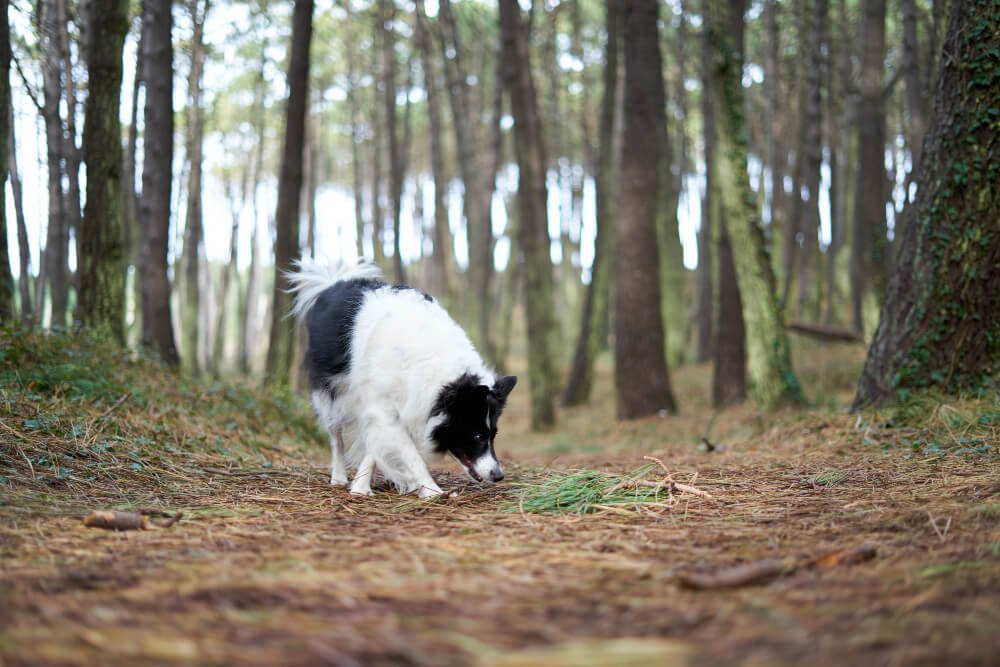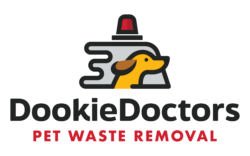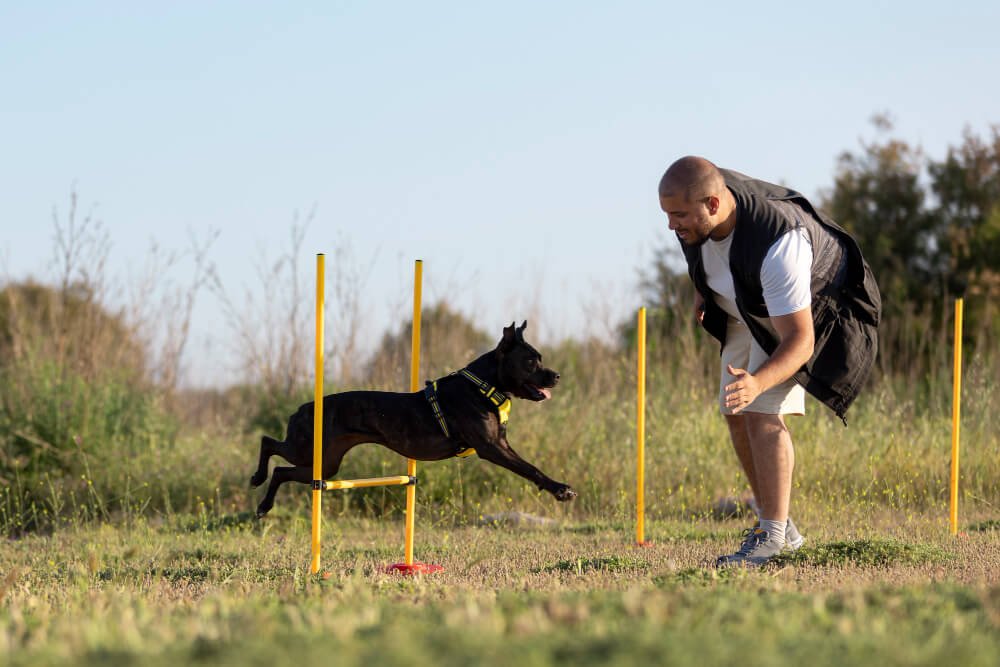Dog poo isn’t the most glamorous topic, yet it’s one of the clearest day-to-day windows into a pet’s wellbeing. There isn’t a single magic number that fits every dog. “Normal” sits on a spectrum shaped by age, diet, routine and health. According to the experts offering dog poop cleaning services, the goal is a consistent pattern that matches your individual dog and produces comfortable, easy-to-pick-up stools.
The typical range
Most healthy adult dogs pass stools once or twice a day; some go three times and remain perfectly healthy. Puppies often go more frequently, while many seniors trend to the lower end of the range. What matters most is the steady rhythm rather than the exact count. Pet-health resources like PetMD note one to two daily movements as standard for adults, with higher counts common on higher-fiber diets and in youngsters.
Why dogs often go after meals
It’s common for dogs to need the loo shortly after eating. That’s the gastrocolic reflex at work: stretching of the stomach signals the colon to move along what’s already there, prompting a bowel movement soon after a meal or a short walk. Recognizing this reflex helps you plan turnout times that suit your dog’s body clock.
Factors that change frequency
- Diet and fiber: Fiber adds bulk, which can lift frequency without indicating illness. Dogs on high-fiber or very digestible diets may produce different volumes and schedules; track what’s typical for your dog.
- Hydration and activity: Adequate water and daily exercise keep the colon moving. Low activity or mild dehydration can slow things down and lead to straining.
- Medications and health: Some medicines (for example, certain antihistamines or pain relievers) can contribute to constipation. On the flipside, intestinal infections or parasites can trigger loose stools and more frequent trips. If frequency changes come with other signs—vomiting, lethargy, pain—book a consult.
- Age and routine: Puppies have faster gut transit and smaller reserves, so they go more often. Seniors may slow down a little. According to a dog poop service, regular mealtimes and consistent walking times usually yield the steadiest bowels.
What healthy poo looks like
Consistency and ease of passage matter as much as frequency. Many clinics use a fecal scoring chart to standardize description. The ideal dog stool is firm but not hard, pliable, segmented and easy to pick up. Shape is typically log-like; segmented logs are also normal.
Soft puddles, water-thin diarrhea or very dry pellets signal trouble. Color guides can help too: normal shades range light- to dark-brown; pitch-black (tarry) stools or visible blood need prompt attention.
If there’s a single odd stool in an otherwise well dog, note it and watch the next couple of outings. Persistent change is the cue to act.

When to call the vet
The experts of dog poop clean up recommend getting veterinary advice without delay if you notice any of the following:
- No stool for 48 hours or repeated straining with little result.
- Diarrhea that lasts beyond a day, or sooner if your dog is unwell.
- Blood, black/tarry color, worms, or large amounts of mucus.
- Repeated vomiting, abdominal pain, fever, severe lethargy, or dehydration.
- Very young pups, seniors, or medically fragile dogs with any persistent change.
Routines that support regularity
- Feed on a schedule: Consistent mealtimes train consistent bowels. Many dogs do well with two meals a day and an opportunity to toilet shortly after each, taking advantage of the meal-triggered reflex.
- Choose the right diet and stick with it: Sudden food changes can unsettle the gut. If you’re switching diets, transition over several days. If your dog frequently swings between hard and soft stools, discuss fiber type and quantity with your vet.
- Walks and water: Daily exercise plus fresh water on hand keeps everything moving smoothly. Lack of activity and dehydration are common contributors to constipation.
- Keep brief notes: A simple log—time, consistency, any changes—helps you spot patterns early and gives your vet useful detail if things go off track.
- Stay on top of parasites and vaccines: Preventatives reduce the risk of diarrhea from worms; vaccinations protect against diseases that can cause severe gastroenteritis. If diarrhea coincides with other worrying signs or known outbreaks in your area, seek care promptly.
Also Read: The Unseen Dangers Lurking in Your Yard: Health Risks Associated with Pet Waste
Most owners organize their own yard care, but some prefer outside help to keep lawns hygienic and kid-safe between bin days. Many people search pooper scooper near me when they want a hand.
If routine is tough during a busy week, a scheduled dog poop pickup service can keep the backyard clear without disrupting your dog’s toileting pattern.
Travelers and new movers often hunt for local providers; search dog poop removal near me online to get started.
Households that value tidy paths or shared garden spaces sometimes line up a fortnightly dog poop service to keep things shipshape between walks.

Bottom line
Healthy dogs have a regular rhythm that suits their age, diet and lifestyle. For most, that’s once or twice daily, with an easy, formed stool that’s simple to pick up. Track your dog’s personal normal, use consistency and comfort as your guide, and act early if the pattern shifts or worrying signs appear. Talk to the experts offering dog poop removal Pittsburgh if you have any questions.

